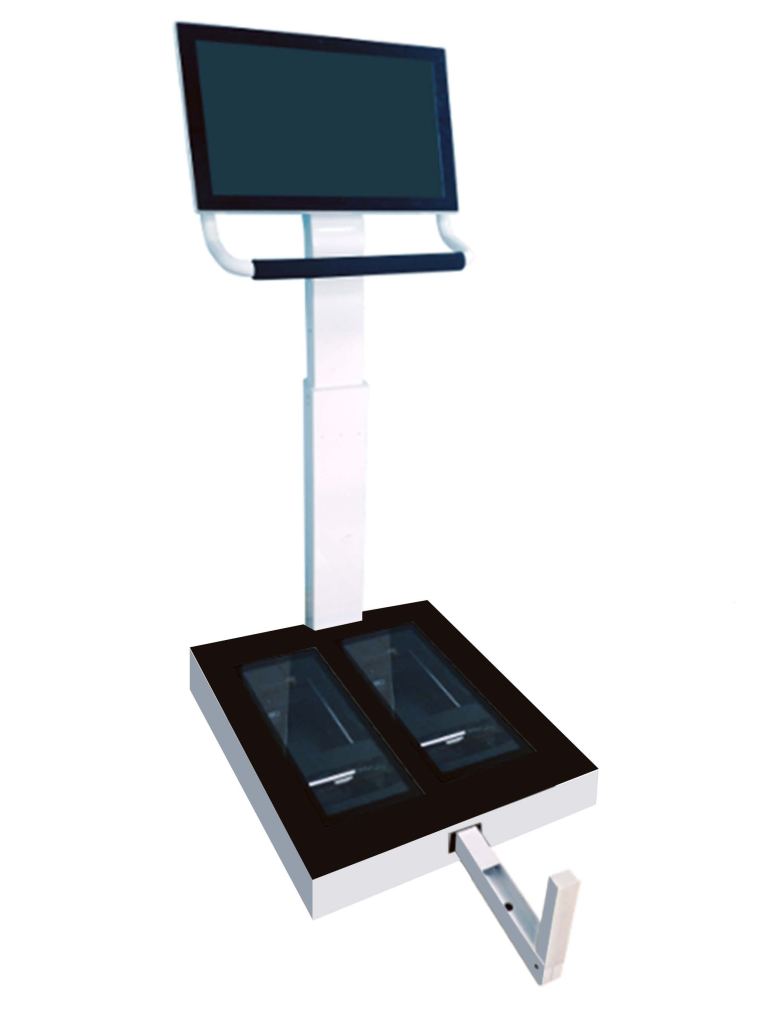What foot conditions can be detected by plantar scanning?
- Overview
Plear scanning is a foot measurement technology based on optics, lasers or three-dimensional modeling, which is widely used in medicine, sports science, rehabilitation engineering, shoe design and other fields. This technology can accurately collect foot morphology, gait data and foot structure information, helping doctors, orthotists, sports scientists and shoe designers to conduct foot health assessment, pathological diagnosis, orthopedic intervention and personalized product customization.
At present, plantar scanning has developed from traditional two-dimensional measurement to high-precision three-dimensional modeling and dynamic gait analysis. It can detect the anatomical structure of the sole, gait abnormalities, foot pathology risks and other aspects, providing a scientific basis for foot health management.
- Foot conditions that can be detected by plantar scanning
(1) Foot anatomical structure and morphological measurement
Plear scanning can accurately measure the following foot morphological parameters:
Foot length, foot width, foot height: used for shoe size matching and personalized shoe design.
Arch height: can distinguish between flat feet, normal feet and high arch feet, providing data support for the customization of orthopedic insoles.
Forefoot-to-heel width ratio: used to determine whether the foot has an abnormal width-to-narrow ratio. For example, a wide forefoot may increase the risk of hallux valgus.
Toe angle and alignment: can identify deformities such as hammer toes, hallux valgus, and equinus.
Accurate foot anatomical measurement is crucial for orthopedics, shoe last design, sports biomechanics, and other fields.
(2) Gait analysis and dynamic biomechanical assessment
Advanced plantar scanners can be combined with gait analysis systems to measure parameters such as step length, step width, step frequency, and ankle joint movement trajectory to identify the following gait abnormalities:
Excessive pronation: excessive collapse of the arch of the foot may affect gait stability.
Excessive supination: more weight is borne on the outside of the foot, which may affect balance.
Gait asymmetry: may be caused by factors such as lower limb length differences, nerve damage, and sequelae of stroke.
Abnormal gait cycle: used to evaluate gait function in patients with Parkinson’s disease and cerebral palsy.
Gait analysis can be applied to sports training optimization, rehabilitation medicine, neurological disease diagnosis and other fields.

(3) Foot lesions and disease screening
Solve scanning can be used for early screening and monitoring of foot diseases, including:
Flat feet, high arch feet: by measuring the height of the arch, determine the abnormal structure of the foot.
Ballux valgus: detect the hallux valgus angle and forefoot morphology changes.
Plantar fasciitis: observe the structure of the medial longitudinal arch area of the plantar.
Rheumatoid arthritis, gout: identify characteristics such as toe bone deformation and joint swelling through foot morphology analysis.
Accurate foot disease screening helps early intervention and reduces the risk of complications. It is especially suitable for high-risk groups such as the elderly, diabetics, and rheumatism patients.
(4) Orthopedic insoles and corrective shoe design
Solve scanning data can be used to customize orthopedic insoles and corrective shoes. The main application scenarios include:
Flat foot correction: based on the arch morphology characteristics, design a reasonable arch support structure to improve the correction effect.
Sports shoe optimization: optimize the sole support structure according to the needs of different sports and improve sports performance.
Children’s foot development assessment: monitor the development of children’s arches and prevent congenital foot deformities.
